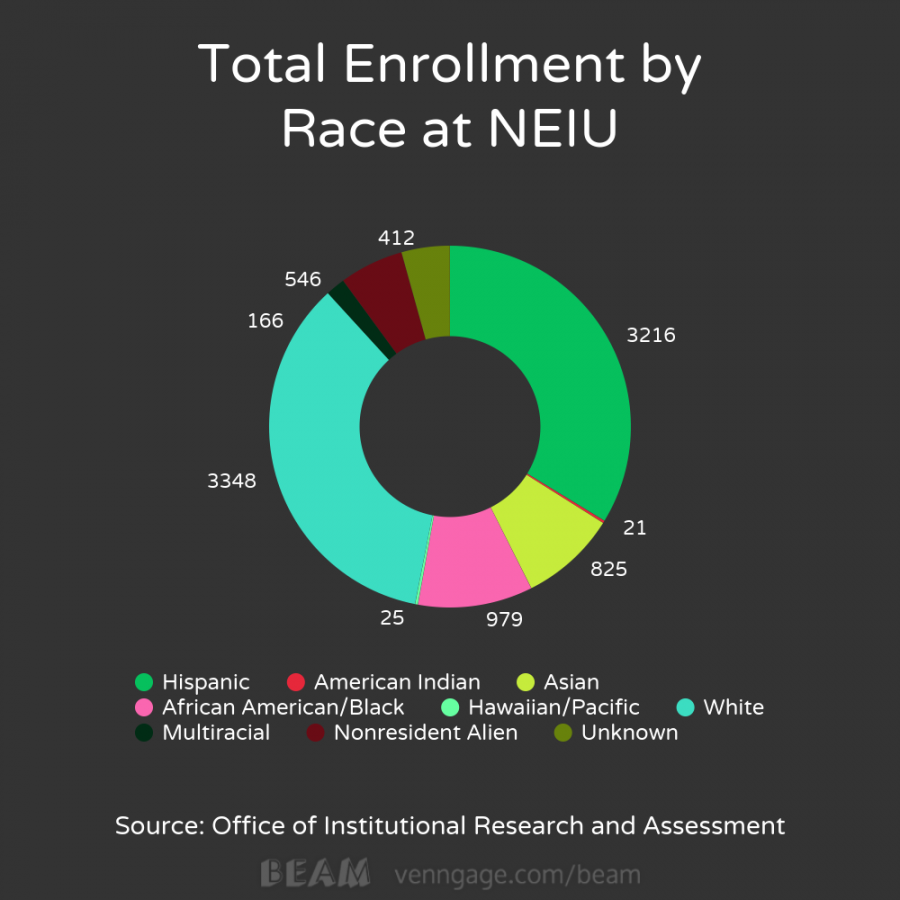The origins of the term “Race”
November 23, 2016
I am going to let you in on a little secret that many seem to not be aware of: Everything you and I have learned about race is a false. It’s no one’s fault. Your family and peers have formed these ideologies based on what they have learned and witnessed throughout their lives. So when someone says, “Oh, but he looks Japanese more than European. His eyes are slightly more slanted. I had no idea he was Italian,” it is out of straight unintentional ignorance. How can we assume what someone is just by looking at them? We all seem to believe we’re experts when it comes to identifying race, but we have all unconsciously created frames of what every ethnic group’s physical appearance is supposed to look like. According to R. J. Corsini, author of “Current Psychotherapies,” our unconscious is the information we can not access, but our behavior displays the unconscious forces that drive them.
“During our childhood, we acquired countless memories and experiences that formed who we are today. However, we cannot recall most of those memories. They are unconscious forces (beliefs, patterns, subjective maps of reality) that drive our behaviors,” Corsini said.
These notions and frames have been conditioned by the social and political context we live in and yes, your former classmate,who moved from Cuba, played a role in this.
In the U.S., society tends to categorize everyone into groups and judge them based on their physical characteristics. If someone has Haitian or Jamaican ancestry – no one will care. They will be identified as an African-American in the U.S. and be put into this one category based on their physical characteristics.
This transcends across the Atlantic into Europe where black people have also faced their share of discrimination based solely on their physical characteristics.
Larry Adelman, executive producer of a three-part series on PBS, Race: The Power of an Illusion, touches on the complexity that comes with physical characteristics in the U.S. by pointing out that despite the fact that in our society African-Americans are thought of as having dark skin, it is not unusual to also encounter African-Americans who are light-skinned. What is the reasoning behind us classifying light-skinned African-Americans as Black, but dark-skinned Greeks as White or dark-skinned Indians as Asian? The observational differences we are accustomed to do not reveal anything that is beneath the skin. The existence and appearance of one trait does not guarantee the presence of another. We are not able to identify a person’s eye color from their height, blood type from the size of someone’s head, or even subtler traits like a person’s ability to play sports or their mathematical skills. Racial characteristics do not make sense and are subjective.
Another mind blowing fact: Race is not even real. Race is a socially constructed term. Society has lied to us about the concept of biological race and there is no actual scientific evidence that proves we are all biologically different.
Larry Adelman explains the term race as a modern idea. It did not always exist and has not always been with us, regardless of how we view the term now.
In ancient times, according to Adelman, physical appearance was not as important as opposed to language, status, religion, and class distinctions. However, colonial America’s economy was centered around slave-trade. When the concept of freedom was first introduced during the American Revolution a moral conflict was created: How could a nation that proclaimed the equality and natural rights of man justify slavery?
By creating the term race, according to Adelman, the issue was resolved by setting Africans apart. The idea of black inferiority allowed our founding fathers to justify slavery for the sake of their economy and privilege.
This is solely taking into account the slave-trade that occurred in the U.S. It was also vital to the production and trade of sugar in the Caribbean and Brazil before it was the center of the colonial U.S. economy. Racial inferiority has also been used to justify the exploitation of labor of the indigenous people in the agricultural fields in Central America.
Many of us believe we are 100 percent of whatever ethnic group we identify ourselves with, but how do we know that? The society we live in is going to continue to focus on how different we all are instead of rationally realizing how we, the species known as homo sapiens, are biologically identical. Our physical traits should be irrelevant. Unfortunately, until we recreate the institutions that have been founded on the ideologies of white supremacy, inequality will continue to be an issue each one of us has to face on a consistent basis.








